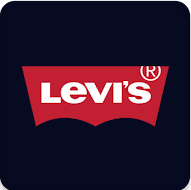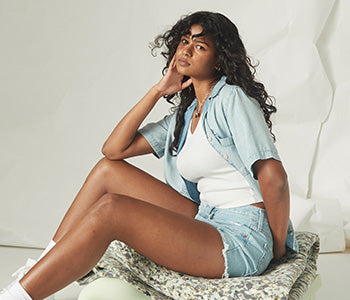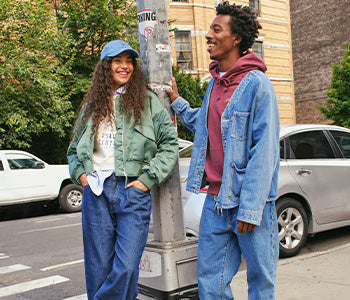That’s when Levi Strauss & Co. began. Later, Levi Strauss, the man, partnered with Jacob Davis to invent the blue jean. And we’ve been innovating ever since.Levi Strauss & Co. is one of the world’s largest apparel companies and a global leader in jeans. The Levi’s® brand is just part of our story. We’re also home to Dockers® and Denizen®. We have some 500 stores, and our products are available in 110 countries around the world.
Want to learn more about us? Visit LeviStrauss.com.
ABOUT US - LEVI STRAUSS & CO. HISTORY
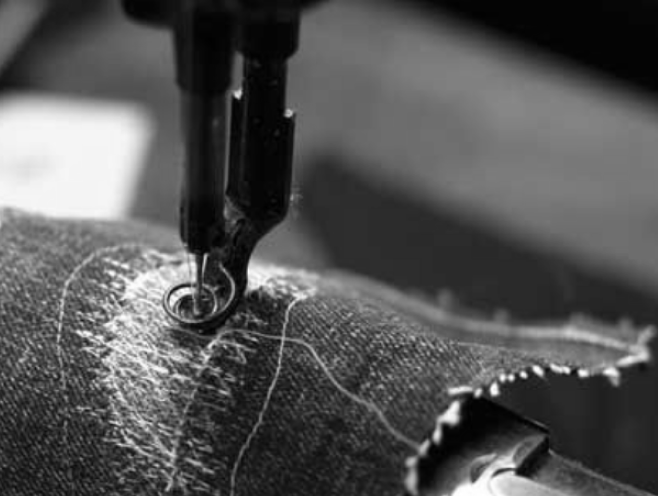
OUR STYLE MAY BE AS FRESH AS TOMORROW, BUT WE GO WAY BACK — TO 1853.
OUR VALUES

ORIGINALITY
Being authentic and innovative
The pioneering spirit that started in 1873 with the very first pair of blue jeans still permeates
all aspects of our business. Through innovative products and practices, we break the mold.
COURAGE
Standing up for what we believe It takes courage to be great.
Courage is the willingness to tell the truth and to challenge hierarchy, accepted practice and
conventional wisdom. It means standing by our convictions and acting on our beliefs.

INTEGRITY
Doing the right thing
Integrity means doing right by our employees, brands, company and society as a whole.
Ethical conduct and social responsibility characterize our way of doing business.
EMPATHY
Walking in other people’s shoes
Empathy begins with paying close attention to the world around us. We listen and respond to
the needs of our customers, employees and other stakeholders.
MADE OF PROGRESS
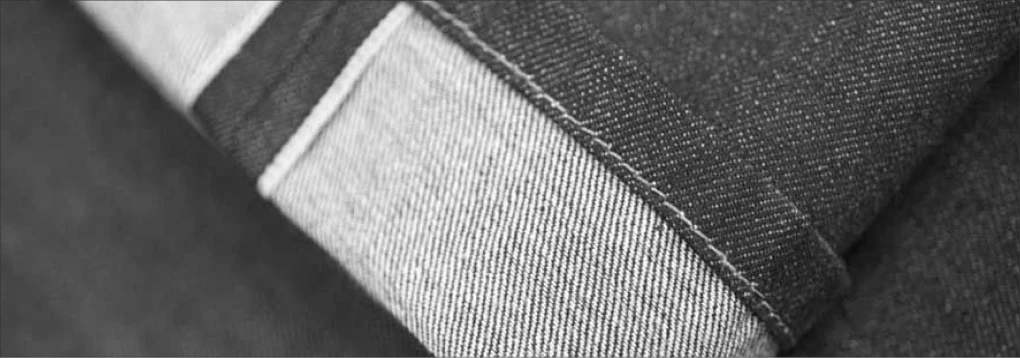
WE TAKE A LOT OF PRIDE IN OUR PRODUCTS - AND HOW WE MAKE THEM.
That’s why we commissioned a scientific life cycle assessment of a pair of Levi’s® 501® jeans. We wanted to find out the environmental impact of a pair of Levi’s® 501® jeans.
What did we learn? Some of the biggest impacts occur in two places that we don’t control — the cotton fields and in your hands after they leave our store.
-

CARE FOR OUR PLANET
We’re also changing the way we design and make our product to help restore the planet. For example, the finishing process of our Levi’s® WaterAnd we’re aggressively pursuing ways to reduce our carbon footprint by shifting to less intensive modes of moving our product from factory to store, including rail and containerships. We’ve also reduced energy use at our stores and distribution centers through more efficient lighting and air conditioning. -

THE PEOPLE WHO MAKE YOUR CLOTHES
In 1991, Levi Strauss & Co. published our Terms of Engagement, protecting the rights of the workers who make your clothes. This groundbreaking document also ensures safe, healthy and human working conditions. We’ve long been an industry leader in worker rights andcontinue our efforts to improve apparel workers’ lives, both in and out of the factory. -

GIVING BACK IN OUR COMMUNITIES
In 1854, a year after starting his company, founder Levi Strauss donated to a local orphanage. In that spirit, our employees have been giving back to the communities where we operate for more than 150 years. Their involvement strengthens communities from San Francisco to Singapore, and their volunteer efforts help local organizations. We encourage employees to support charitable organizations with their time, talent and money by offering them paid timeoff to volunteer.
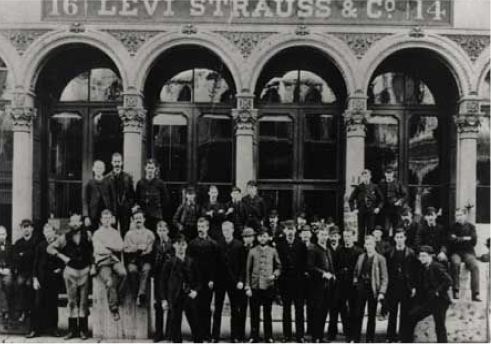
1853
Levi Strauss & Co.
Bavarian-born Levi Strauss moves to Gold Rush era San Francisco to open a dry goods business. He sold clothes, boots and other goods to the small retail stores of the American West.

1872
The Rivets
Jacob Davis, a tailor from Reno, Nevada, teams with Levi Strauss to create and patent work wear riveted-for-strength made of brown cotton duck and true blue denim.
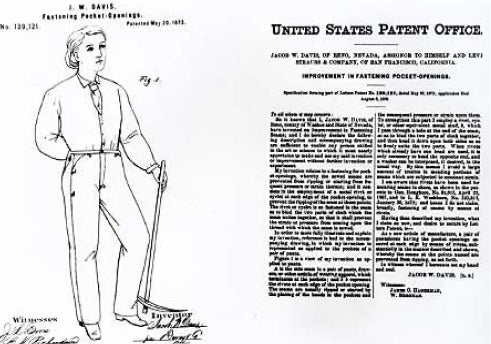
1873
The Blue Jean is Born
Jacob Davis, a tailor from Reno, Nevada, teams with Levi Strauss to create riveted-for-strength workwear made of true blue denim. On May 20, 1873 the U.S. Patent and Trademark Office grants patent #139,121 to Levi Strauss & Co. and Jacob Davis for their invention. This is how the blue jean, originally called “XX,” was born
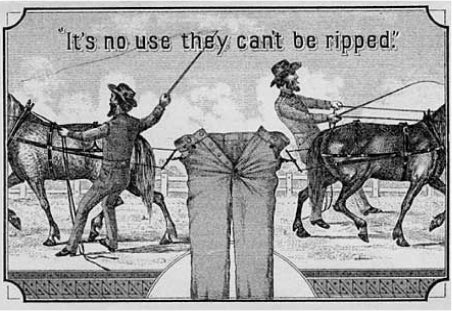
1886
Two Horses
The Two Horse logo demonstrates the incredible strength of Levi’s® clothing. The logo is first branded onto the leather patch of the “XX” jeans in 1886 and is still used today.
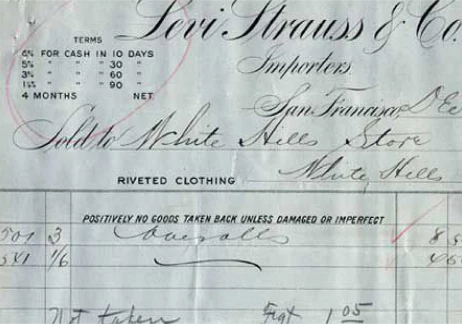
1890
From Double X to Five Oh One
The original “XX” blue jean is given its iconic lot number 501®.

1895
Performance Gear
Levi Strauss & Co. introduces its first bicycle pants. It only takes another 116 years for us to come out with Levi’s® Commuter, a multi-functional performance product designed for the modern cyclist.
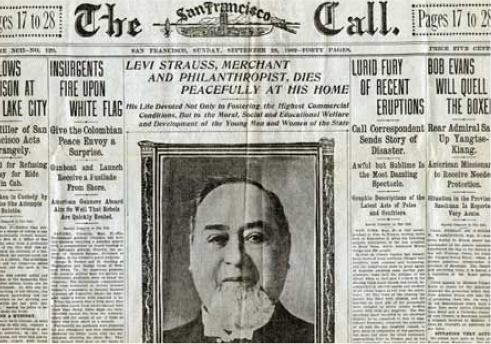
1902
A Philanthropic Spirit
When Levi Strauss passes away in September, his four nephews take over the business and carry out his numerous bequests to Bay Area charities serving children and the poor.

1906
Rumble and Fire
On April 18, The San Francisco earthquake and fire destroy the headquarters and two factories of Levi Strauss & Co. Employee salaries are continued, and temporary headquarters are opened to keep employees working. A new factory is built at 250 Valencia Street.
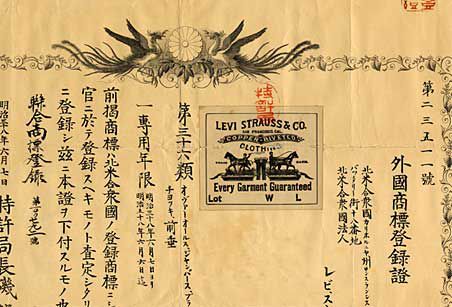
1908
The Horses Go Global
The Two Horse trademark is registered in Japan and Levi’s® global reach begins in earnest with markets like Australia and South Africa soon to follow
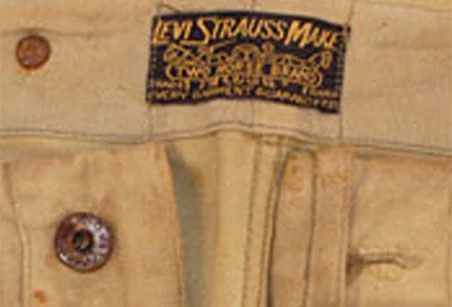
1909
A New Classic
This year sees the introduction of fine khaki pants and coats to LS&Co.’s line of clothing.
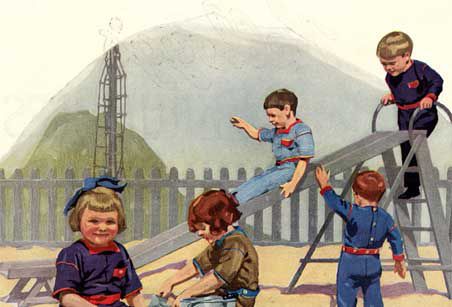
1912
Child’s Play
LS&Co. introduces Koveralls for children, a one-piece denim playsuit.
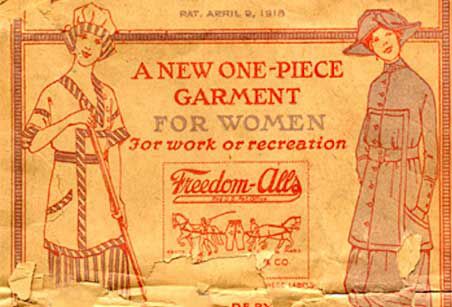
1918
For the Ladies
Freedom-Alls make their appearance. This tunic/trouser outfit was designed to give women freedom of movement and release them from the restrictive clothing of the era.
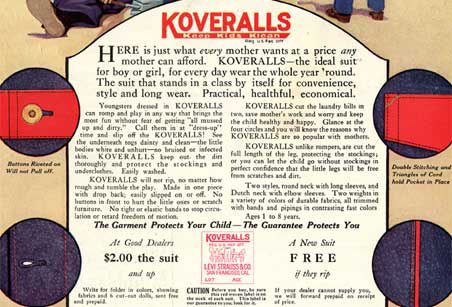
1928
It’s Official
LS&Co. registers the name Levi’s® as a trademark.
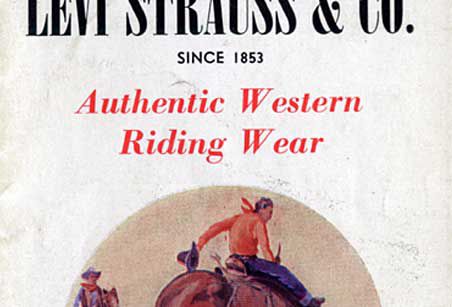
1930s
Go East Young Man
Authentic cowboys wearing Levi’s® jeans are elevated to mythic status, and Western clothing becomes synonymous with a life of freedom and independence. Easterners who wanted an authentic cowboy experience head to dude ranches out West, where they purchase their first pair of Levi’s® jeans and take them home to wow their friends – and help spread the Western influence to the rest of the country.

1934
They Called Them “Lady Levi’s®”
The first jeans for women, Lady Levi’s® are made of pre-shrunk denim and constructed with many of the same features of the men’s 501® jeans. They owe their feminine allure to a fashionably high, nipped in waist.
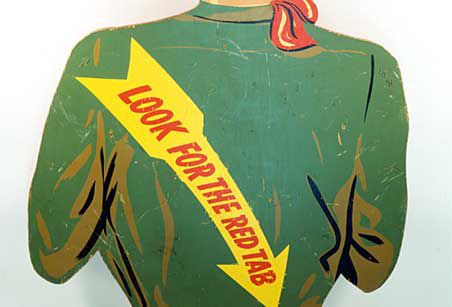
1936
Red Tab
The Red Tab is first placed onto the right back pocket of the jeans and the word LEVI’S® is stitched in white in all capital letters on one side only. The red Tab was created to differentiate Levi’s® jeans from competitors.
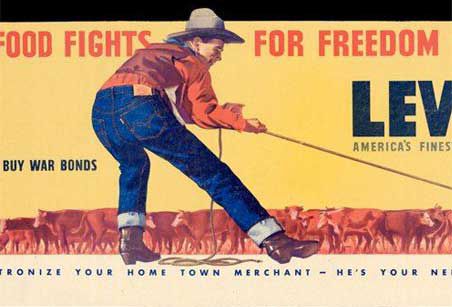
1941
Waste Not, Want Not
Changes are made to Levi’s® products in order to conform to rules set by the War Production Board for the conservation of raw materials. The famous Arcuate back pocket stitching is painted instead of stitched to save thread. The back waistband cinch is completely removed and, to conserve metal, so are the watch pocket rivets. This time period also represents one of global expansion for the brand, showcasing the American icon on GIs overseas..
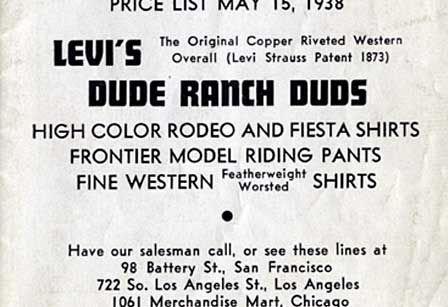
1950s
Banned
The 1950s saw denim banned in some schools, especially in the East, for being a bad influence. The portrayal of denim-clad “juvenile delinquents” in movies and on tv led many school administrators to prohibit denim in the classroom, fearing that wearing the rebel uniform would lead students push against authority in all of its forms.
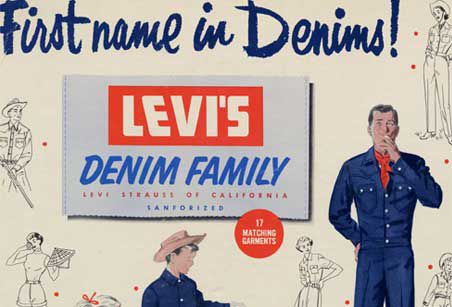
1954
At Your Leisure
The Denim Family line is launched, thanks to denim’s new appeal as a leisure fabric. And what was once only workwear crosses the line into the world of casual attire
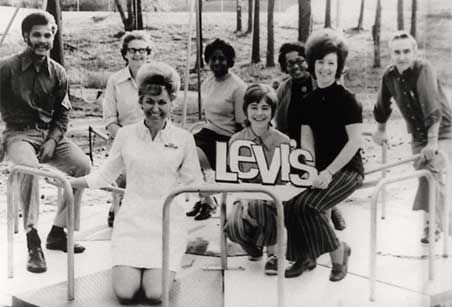
1960
Ahead of the Times
Levi Strauss & Co. opens its first factory in the South. Located in Blackstone, Virginia, the company insists that the facility be integrated at a time when desegregation had not yet been mandated by federal law.

1961
Kids These Days
The new, slimmer silhouettes of the 1960s inspire Slim Fits, a 5-pocket twill trouser for young men. Teenagers call them White Levi’s® because no one knows what to call blue jeans that aren’t blue.
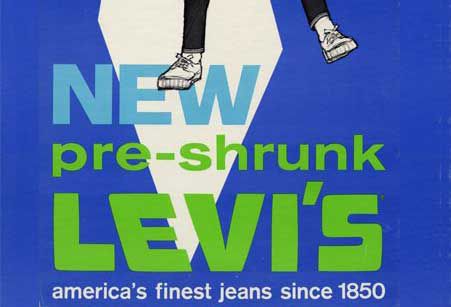
Early 1960s
No Shrinking, Violet
We do the shrinking for you. Pre-shrunk Levi’s® jeans are introduced, relieving people of the process of a hot water denim marinade.
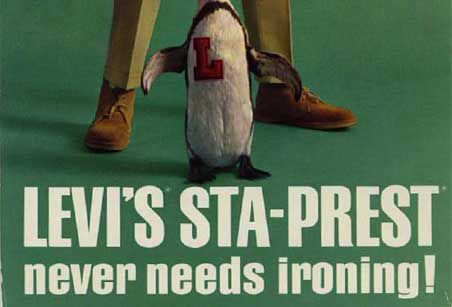
1964
Drest to Impress
Levi Strauss & Co. patents the Sta-Prest® process for creating permanent creases in fine trousers and shirts. The Sta-Prest® pants collection is re-introduced in the Levi’s® Spring 2012 Collection.
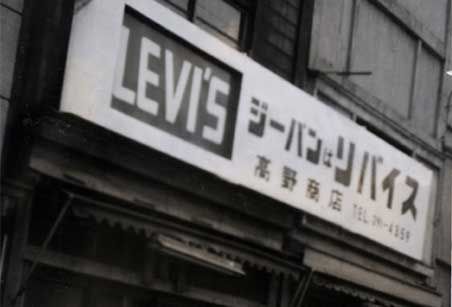
1965
International Moment
The company’s international division is created to pulls together and expands all of the company’s post-war distribution in Europe and Asia.
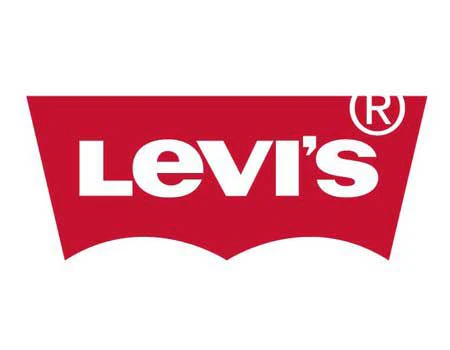
1967
Batwing
The red housemark “batwing” is designed by Walter Landor & Associates, and has, over the years, become shorthand for the Levi’s® brand itself.

1973
The Art of Denim
The company announces the Levi’s® Denim Art Contest, and invites consumers to submit photos of their decorated jeans and jackets for a special judging. The winners tour American folk art museums during 1975.
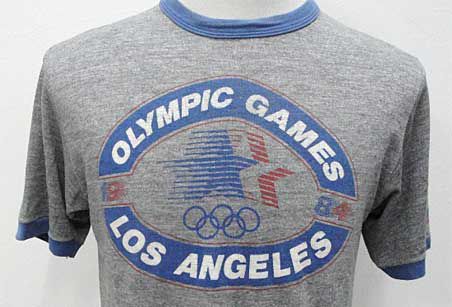
1980/1984
Let the Games Begin
Levi Strauss & Co. makes clothing for the athletes at Olympic Games in 1980 and 1984.

1984
We Get the Blues
The famous 501® Blues television advertising campaign is launched at the Los Angeles Olympic Games.

1986
Dressing Boomer
Levi Strauss & Co. introduces the Dockers® brand, filling a niche for the baby boomer man who needs something to fill that wardrobe gap between his 501® jeans and his business suit.
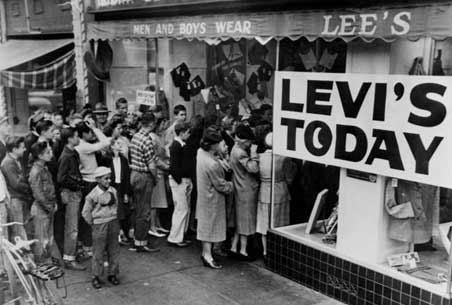
1989
Looking to The Future, With An Eye to the Past
The company’s 150+ year history is captured in the Levi Strauss & Co. Archives, located at headquarters in San Francisco.
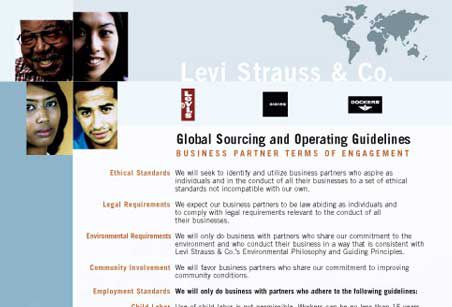
1991
Terms of Engagement
Levi Strauss & Co. creates the first comprehensive set of standards for contractors and worldwide, called Terms of Engagement, to help promote fair labor standards and workers’ rights.
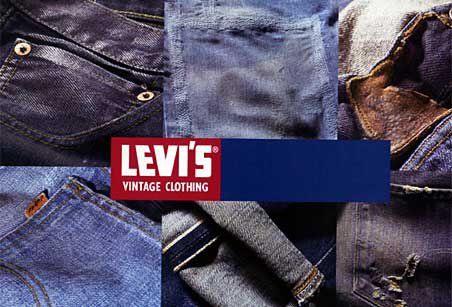
1996
Retro Chic
The history of Levi’s® is kept alive through the launch of Levi’s® Vintage Clothing, a line that faithfully reproduces the fits, fabrics and characteristics of historic Levi’s® garments.

1999
Fashion Item of the Century
Time magazine names the 501® jean the Fashion Item of the Century. In the same year, the 501® jean is reverse engineered and Engineered Jeans are launched worldwide.
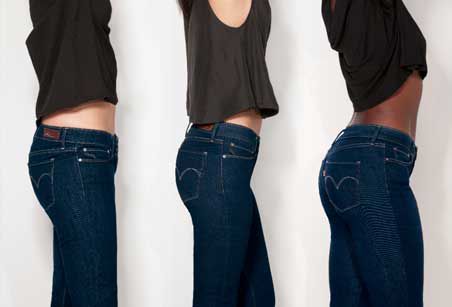
2010
The Shape of Things
Levi’s® Curve ID jeans for women are introduced. Using a revolutionary fit system based on shape, Curve ID was created as a result of studying more than 60,000 body scans and listening to women around the world of all shapes and sizes.

2011
Levi’s® Water<Less™
The average pair of jeans uses 42 liters of water in the finishing process. The Levi’s® Water<Less™ Collection reduces the water consumption by up to 96%. It's the intersection of style and sustainability.

2011
Born to Bike
Urban cyclists across the country adopted jeans as a part of their commuting uniform. d Inspired by the trend, Levi’s® invents the Commuter line – a multi-functional performance product designed for cyclists all over the world.
